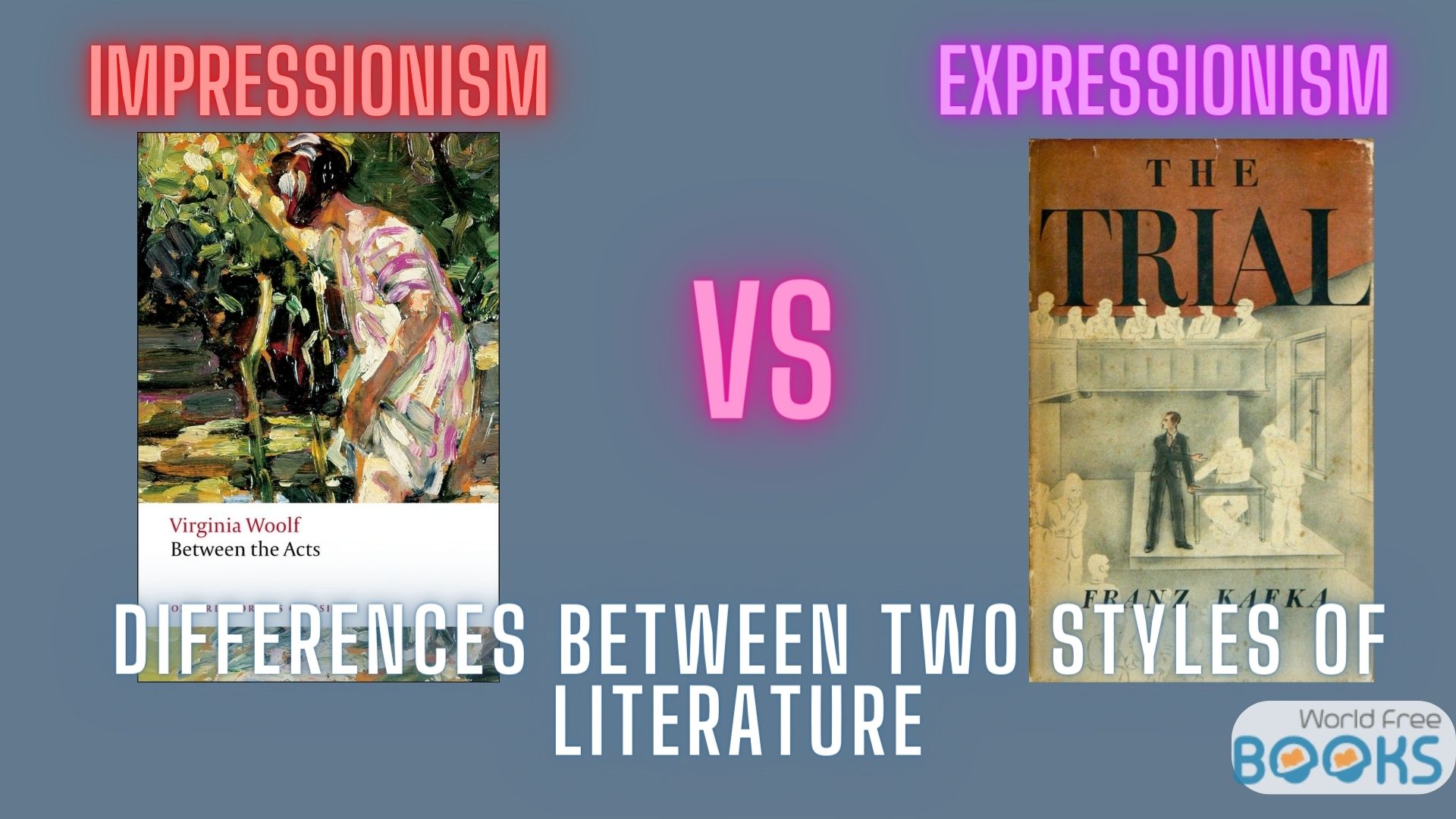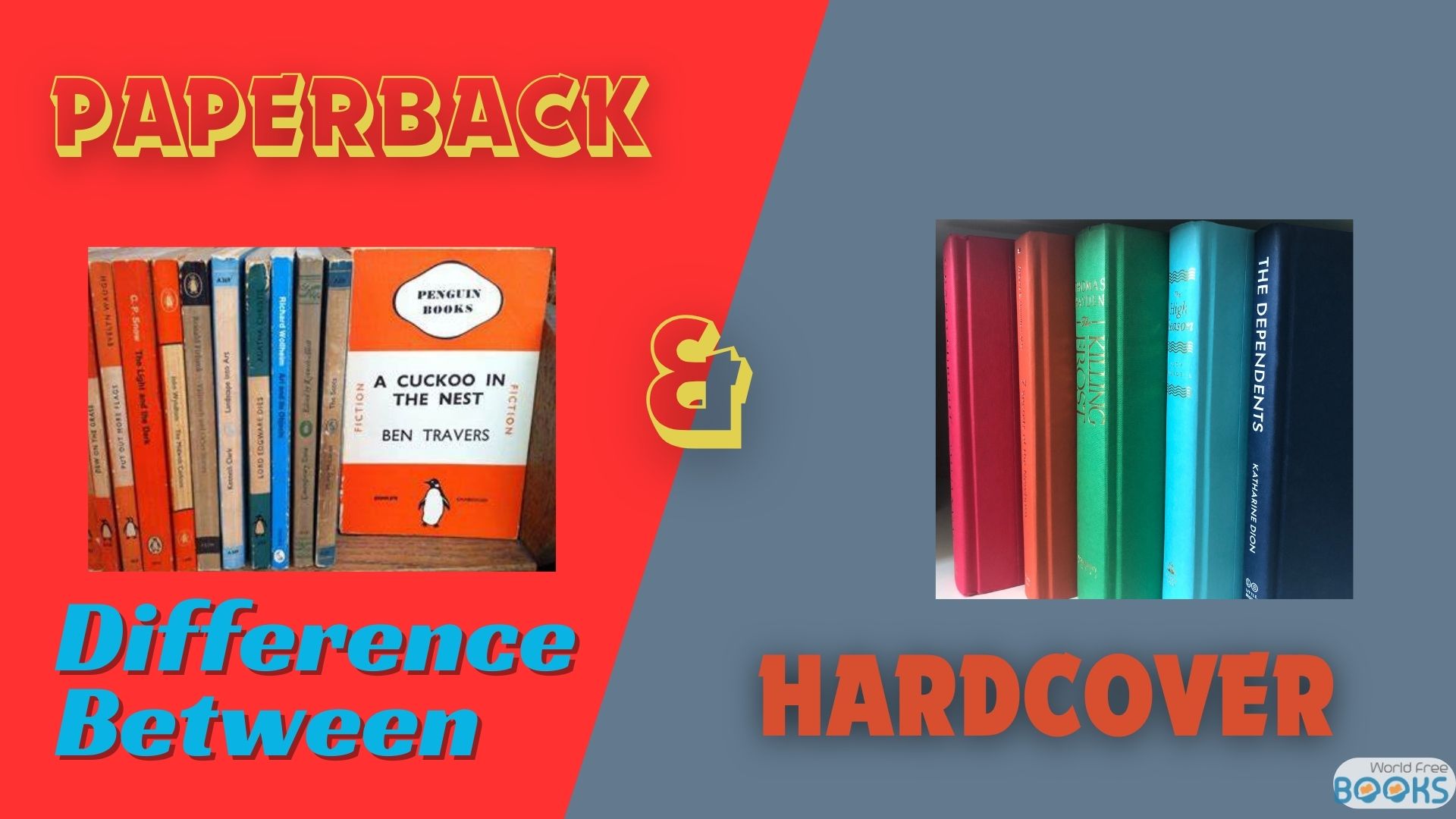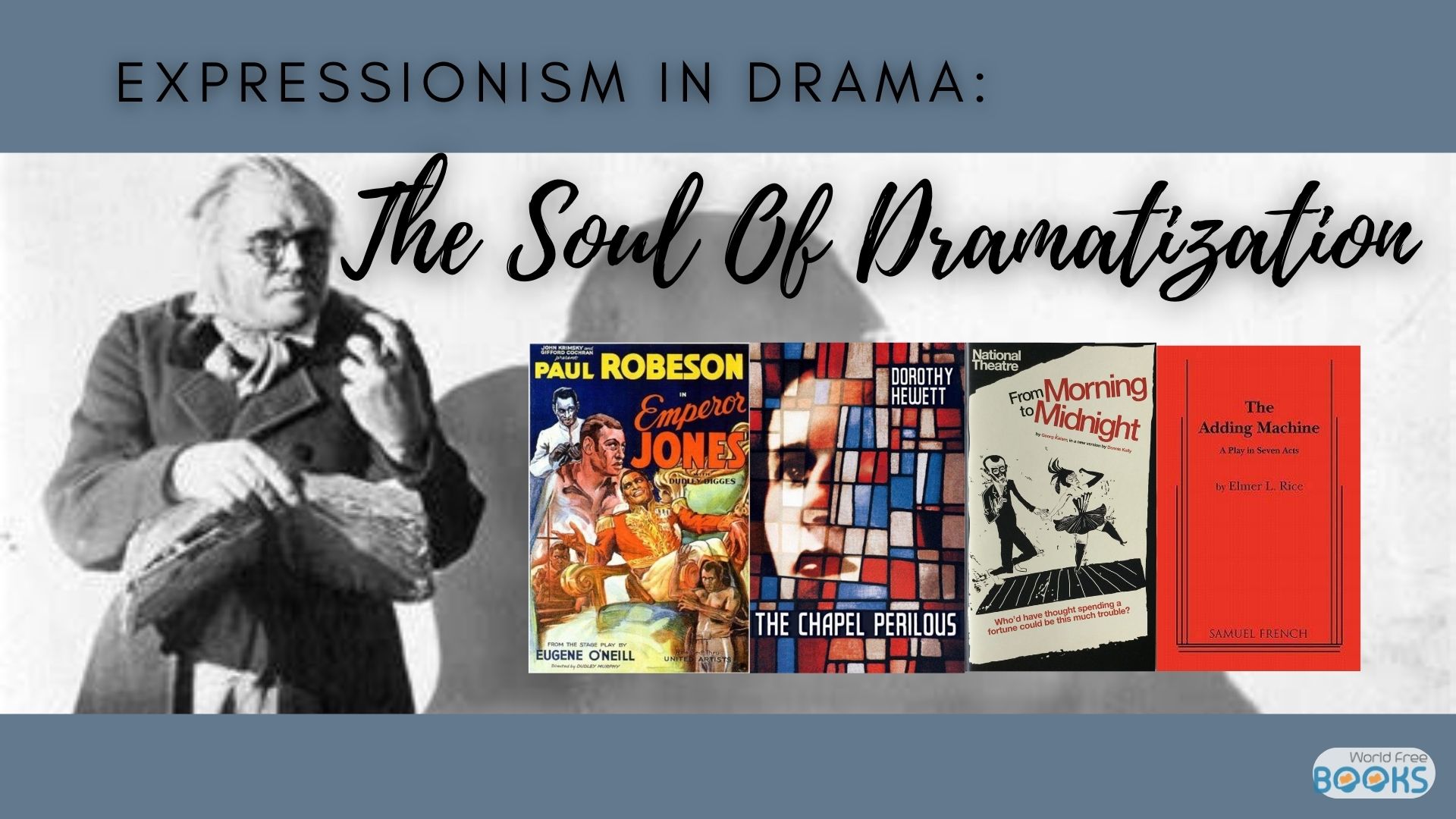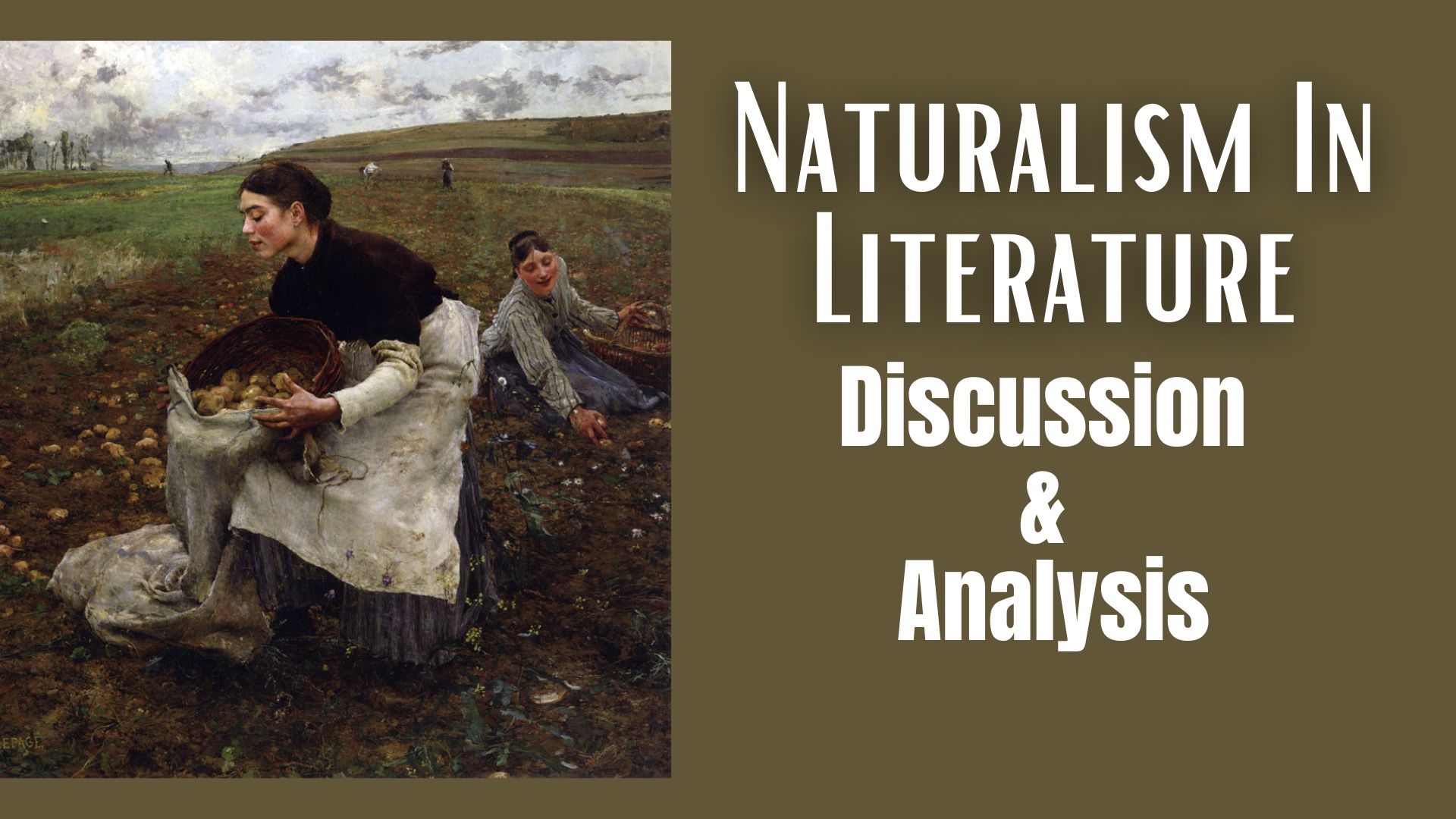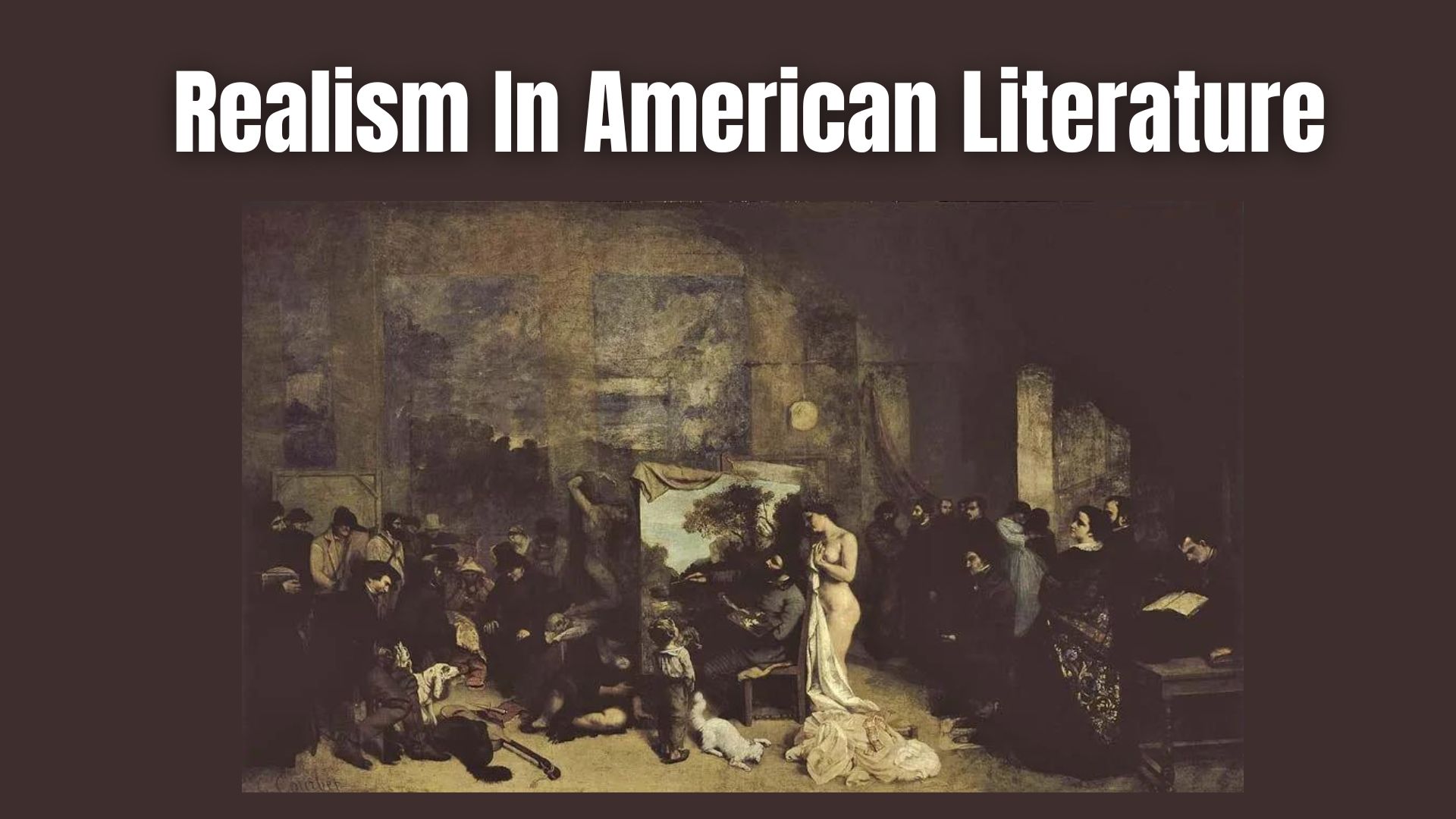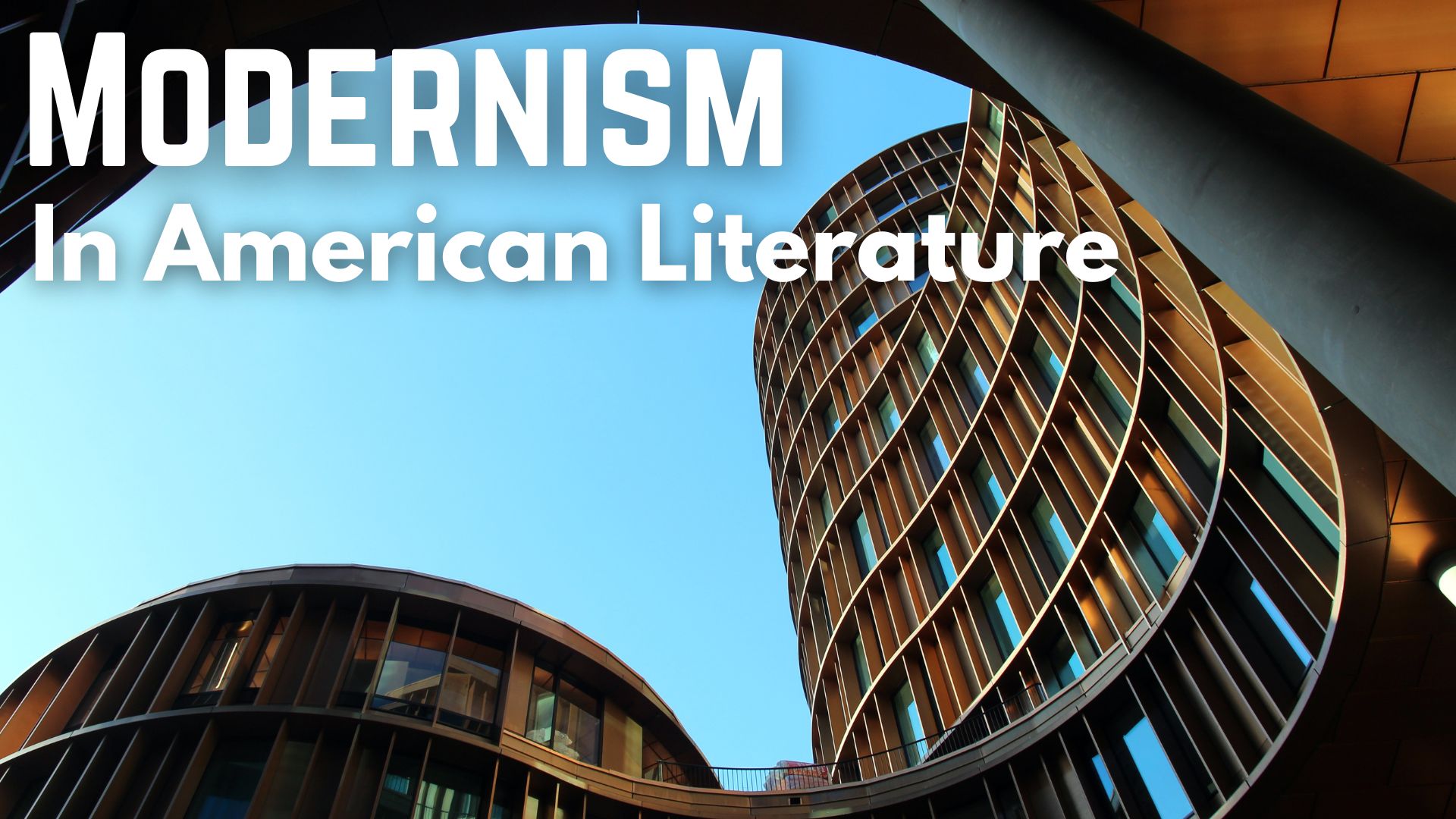
Modernism in American literature is the most important chapter. From where the shape of the literature of America changed a big time. After the end of World War 1, American society was suffering from disillusionment. So, it was a time for the literature to make people come back to reality by forging another movement in American Literature.
Modernism in American literature started softly around the 1900s and continued till the 1940s. Here in this article; I’ll discuss Modernism in American literature.
What Is Modernism Movement In Literature?
Modernism in literature is a movement that emerged in the late 19th and early 20th centuries. It marked a distinct break from traditional forms of literature and a rejection of their typical narratives and explicit morality. Modernist literature is characterized by a focus on the inner self and consciousness.
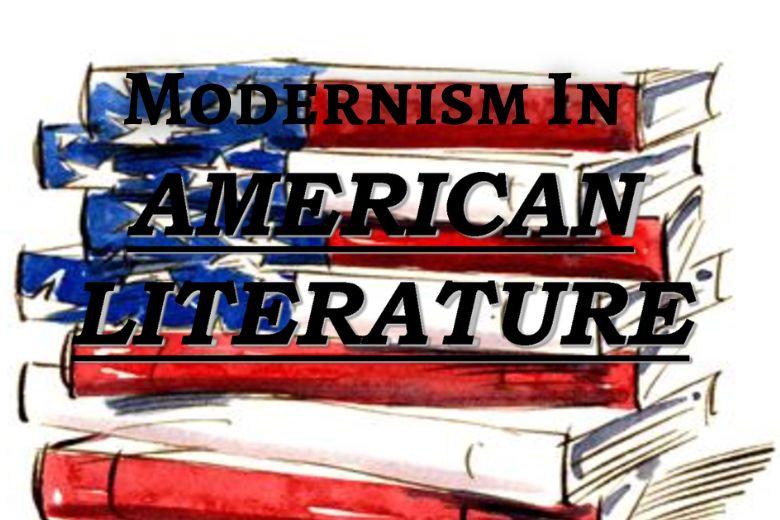
This differs greatly from the romantic period that preceded it, which was much more focused on external events and the natural world. In modernist literature, narrative form and structure were often fragmented and disjointed, reflecting the belief that life is not easily understood and does not always follow a simple or linear path.
This is evident in the stream-of-consciousness technique used by many modernist writers. Modernist literature also often rejected the notion of the omniscient, reliable narrator and instead used multiple viewpoints or unreliable narrators. This reflects the modernist belief in the subjective nature of reality and the idea that truth is relative and not absolute.
Prominent modernist authors include T.S. Eliot, James Joyce, Virginia Woolf, and F. Scott Fitzgerald, among others. Their works are known for their exploration of complex themes such as disillusionment, identity, memory, and the alienation and isolation of the individual.
The Journey Of Modernism In American Literature
The journey of Modernism in American literature began around the early 1900s and continued until the early 1940s. This movement was characterized by a self-conscious break with traditional ways of writing, in both poetry and prose fiction; writings including new methods.
The journey of Modernism in American literature was shaped by several historical events such as industrialization, urbanization, and World War I. The transition from an agrarian society to a mechanized one is known as industrialization. Industrialization played a significant role in shaping the themes and styles of Modernist literature.
Modernist literature is characterized by a focus on the inner self and consciousness. This differs greatly from the romantic period that preceded it, which was much more focused on external events and the natural world. In modernist literature, narrative form and structure were often fragmented and disjointed,
reflecting the belief that life is not easily understood and does not always follow a simple or linear path. This is evident in the stream-of-consciousness technique used by many modernist writers. Modernist literature also often rejected the notion of the all-knowing,
reliable narrator and instead used multiple viewpoints or unreliable narrators. This reflects the modernist belief in the subjective nature of reality and the idea that truth is relative and not absolute. Prominent modernist authors include T.S. Eliot, James Joyce, Virginia Woolf, and F. Scott Fitzgerald, among others.
Their works are known for their exploration of complex themes such as disillusionment, identity, memory, and the alienation and isolation of the individual. In summary, the journey of Modernism in American literature was a period of radical change and experimentation, reflecting the societal and cultural shifts of the time.
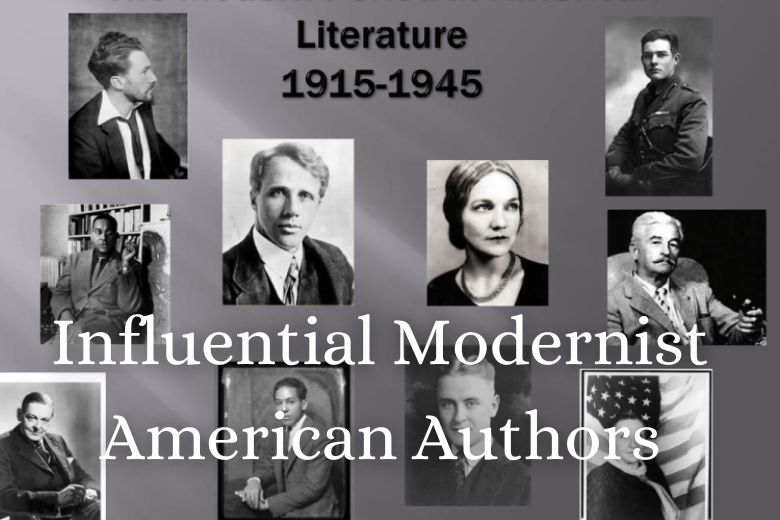
Most Influential Modernist American Authors
The most influential Modernist authors in American literature include:
- Ezra Pound: He is credited with single-handedly crafting the tradition of Modernist literature. He was primarily responsible for discovering, advancing, and shaping the work of several major writers associated with the movement.
- T.S. Eliot: He was a major figure in Modernist literature, known for his complex, often allusive poetry.
- William Faulkner: He was a Nobel Prize-winning novelist and short story writer, known for his dense, multilayered narratives.
- Ernest Hemingway: He was a novelist and short story writer, known for his terse, minimalist style.
- Wallace Stevens: He was one of the most significant American poets of the 20th century.
- John Steinbeck: He was a Nobel Prize-winning author known for his realistic and imaginative writings.
- Dorothy Richardson: She was a British author and journalist, known for her series of novels titled Pilgrimage.
- Anna Akhmatova: She was one of the most significant Russian poets of the 20th century.
- Samuel Beckett: He was an Irish avant-garde novelist, playwright, theatre director, and poet.
- James Joyce: He was an Irish novelist, short story writer, and poet, known for his experimental use of language and exploration of new literary methods.

 Dec 28, 2023
Dec 28, 2023 